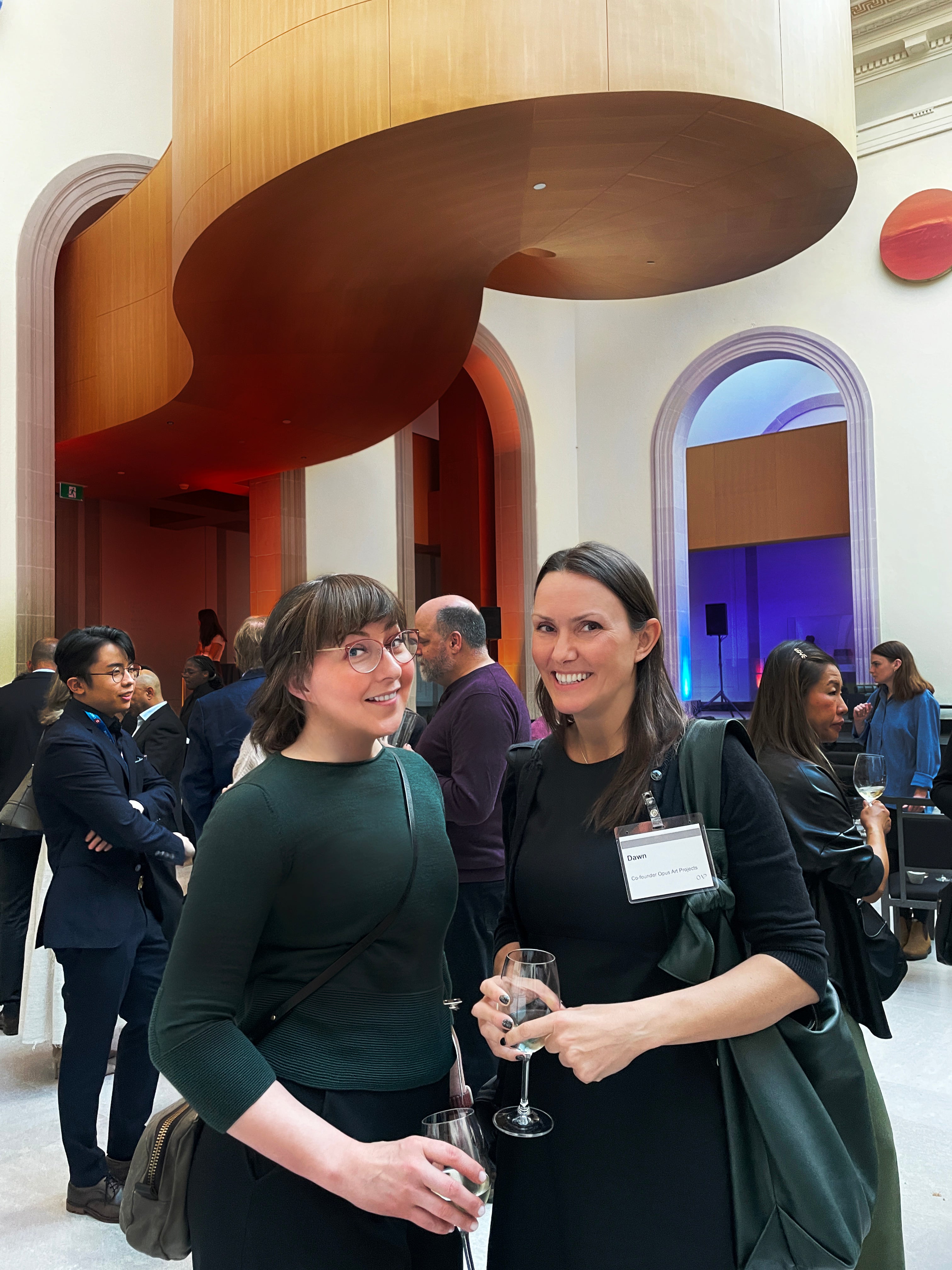As with anything, value is determined by what people are willing to pay and the principles of supply and demand. With art, the market value of a piece generally increases over time and remains fairly steady. It is important for artists and galleries to respect this and to keep a consistent market value when pricing work.
When you are looking at artwork with extremely high pricing, it is likely due to the artist being well renowned and the artwork being in high demand. Also, artwork from artists who are no longer living can be in scarce supply and as that supply is also not being replenished, the value increases dramatically. That's the basics of it, but the art world is pretty complex and it collectively decides that certain types of art are more valuable than others. Current art trends often recognize and put more value on contemporary artists for reasons such as; being innovative, showing talent, being charismatic and being socially well-connected.
IMMERSE YOURSELF IN THE CULTURE OF ART
Immersing yourself in the art world is the first step to investing in art. Do your research and go out and connect with the art community. After a while you will recognize that you are drawn to certain types of art, you will refine your art palette and get to know what you like and how things work.
TWO DIFFERENT TYPES OF ART INVESTORS
1. PURELY INVESTMENT BASED
We don’t have much experience with this type of buyer, as we generally work with people who are building art collections and have a love for art. But we would say that if someone is interested in investing in art purely for the financial investment, then it would probably be best that they invest in the secondary art market with some guidance. The secondary art market will likely have a quicker and higher return. The artists in that market are already established and although the initial financial investment may be higher, there’s likely less risk. When investing in emerging artists and the primary art market, one will generally need to hold on to the artwork for a much longer period of time before it increases dramatically in value.
2. CONNECTION FIRST
We would say that this type of investor is much more common in our world and the experiences they have connecting with artists and galleries are more rewarding. They often end up buying art with their heart, but have also become knowledgeable about that art as an investment. If the artworks they invest in are from emerging or mid-career contemporary artists, they may take longer to appreciate in value, however this investor will enjoy the artwork during that time. This path results in more life experiences, emotional connections and much better stories to share. It is definitely a more fulfilling route.
ART EVENTS TO ATTEND
The art fair circuit has started up again and this is a great way to experience the art world! Fairs like Art Basel, in Miami, Switzerland and Hong Kong are incredible to witness. They are usually accompanied by many satellite fairs, like Untitled, Scope, etc., which provide visitors with a huge range of artwork to experience and they also create a great environment to enjoy it all in; it’s one big art party! Major cities worldwide all have their contemporary art fairs; Plural in Montreal (formerly Papier), Frieze art fairs in London, LA, NYC, and Seoul, The Armory Show in NYC, FIAC in Paris, Zona Maco in Mexico City (Latin American art), ARCO Madrid (European, Latin American, Middle Eastern and SE Asian art), China has several, and Art Dubai, in Dubai of course. For those who want to dip their toe in the market, the Affordable Art Fair can be found globally, including in many European cities, and also in China, Australia, NYC, and Singapore. If you're in Toronto, local art fairs like Art Toronto and The Artist Project are great places to engage with art! The latter is a fabulous place to connect directly with the artists as well. We also love going to the Toronto Outdoor Art Fair at Nathan Phillips Square every year, and head straight to the student section, there are always gems to be discovered there. Coincidently, I (Laura Wood) participated in both The Artist Project and the TOAF as an artist. The TOAF is where I was first discovered and where my painting and art consulting career began.
TOP THREE THINGS TO LOOK FOR WHEN INVESTING IN ART
- Does the art speak to you? It doesn’t have to be all about profit margins and a huge return if you are passionate about building a collection and expanding your art portfolio. If you can picture someone coming up and buying the piece that you have been eyeing before you can and you are devastated, then chances are, it’s the piece for you.
- At what stage is the artist in their career? Look into their gallery representation, exhibition history and CV, to see if they have been consistently producing and exhibiting, in which case they will likely continue to do so and their art will continue to increase in value.
- How will it work within your existing art collection? Where and how will you display it to ensure its longevity? These are important considerations for any new acquisition.


























